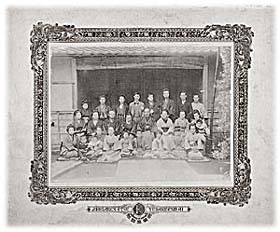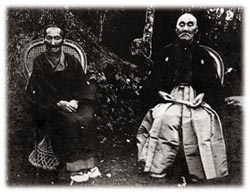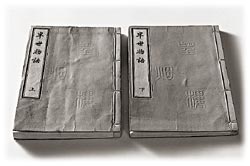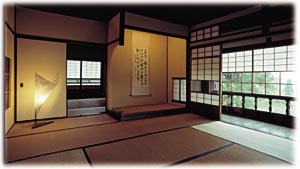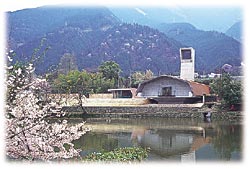Seeking new challenges in steelmaking and chemicals
Saihei Hirose’s pseudonym Ento means a vision with a distant time horizon. The experience of touring Europe and North America in 1889 not only impressed on Hirose the importance of steelmaking and chemicals but also deepened his conviction that the House of Sumitomo should seize the initiative by undertaking projects beneficial to the nation from a long-term perspective. Sumitomo had already started a modern smelting business by 1888, with copper smelting at the Sobiraki Smelter in Niihama and reaching (production of cement copper and sulfuric acid) at the Yamane Smelter.
In 1890, while expanding sulfuric acid production at the Yamane Smelter, a pioneering steelmaking team established by Hirose attempted to recover pig iron from ore mined in Besshi, in addition to the copper and sulfuric acid already derived from the ore. In 1892, following receipt in July of the Order of the Sacred Treasure, Fourth Class, Hirose presented product samples from the Besshi Copper Mines to the Ministry of the Imperial Household: a copper ingot for export bearing the KS trademark (KS being the initials KS, the initials of Kichizaemon Sumitomo, the head of the Sumitomo family) as well as pig iron and chemical products, such as sulfuric acid, copper sulfate, iron sulfate, and cobalt oxide, produced at the Yamane Smelter. On February 14, 1893, Hirose opened a steel mill next to the Sobiraki Smelter in Niihama with a view to establishing a commercial steelmaking operation, seven years ahead of the founding of the Imperial Steel Works in Yawata by the government.
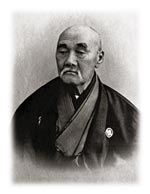
Photo courtesy of Sumitomo Historical Archives

 EN
EN


